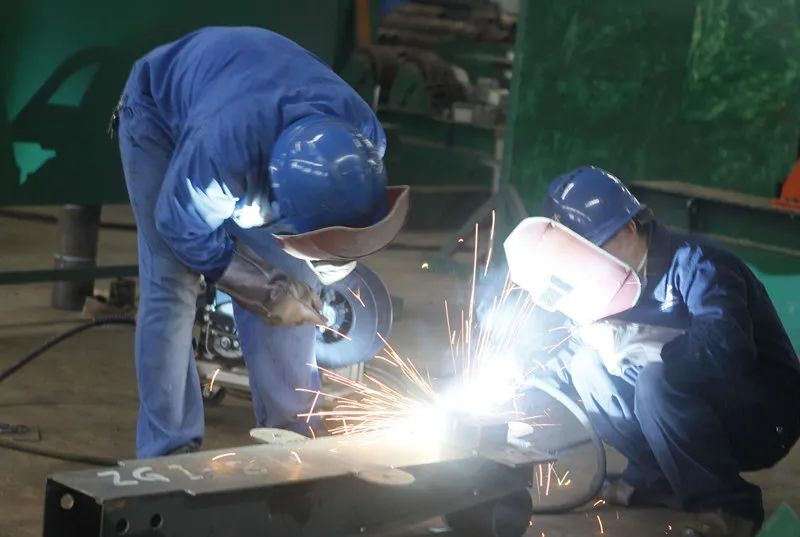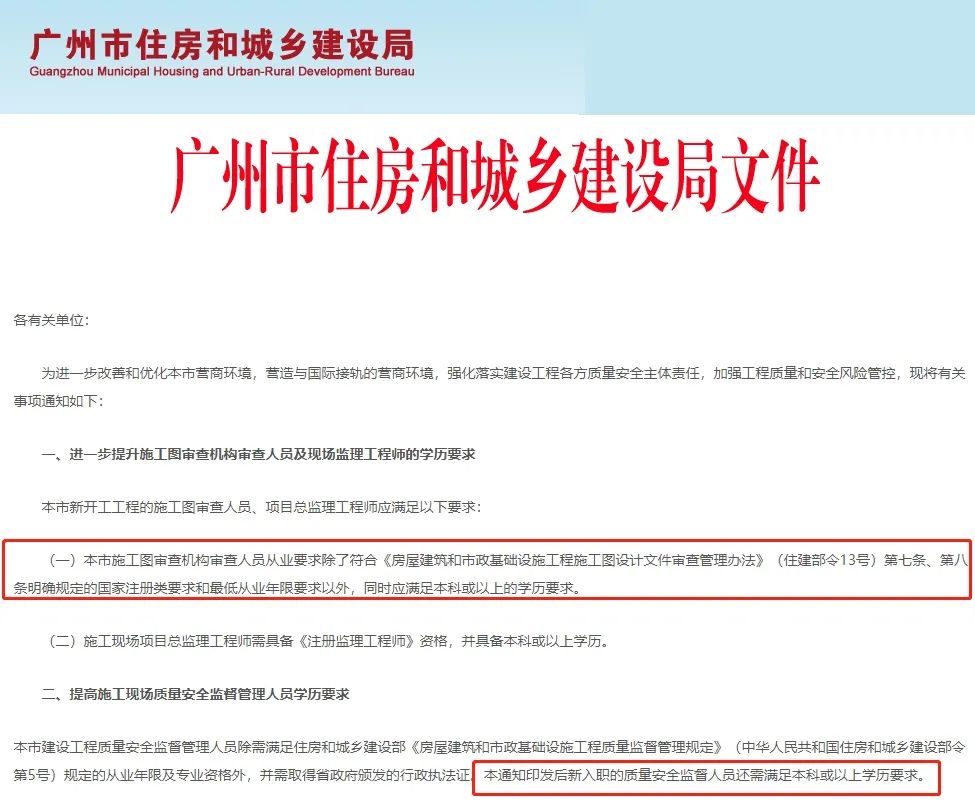Source: DS structure studio
.
Anti floating design of buildings is a big topic with strong comprehensiveness, and problems caused by anti floating occur from time to time
.
Recently, the court sentenced several engineering accidents caused by anti floating, punished the relevant units, especially the Design Institute, and aroused strong repercussions from the society, especially the industry
.
The anti floating design of structure usually refers to the anti floating problem of groundwater
.
Anti floating design is an important part of structural design, which can be subdivided into the overall anti floating design and the basement floor anti water pressure design (strictly speaking, the latter is not anti floating design)
.
These two designs need to provide anti floating water level, which is generally provided by geological exploration department
.
Because of the importance of anti floating design, both the design unit and the geological exploration unit have strict and clear working procedures in this link
.
Generally speaking, the anti floating water level given by the geological exploration unit and the anti floating design of the design unit will not make mistakes
.
Therefore, this paper does not discuss the anti floating design in this sense
.
Fig
.
1 the anti floating problem of building recently belongs to the anti floating problem of surface water
.
The project in Yiwu, Zhejiang Province is very representative
.
The judgment results of some courts are summarized in Figure 1
.
Attention should be paid to the following conclusions: the anti floating of surface water does not belong to the scope of investigation, and there is no anti floating problem when the groundwater level is low; the basement damage is due to the surface water seeping into the surrounding of the building foundation pit through the fertilizer trough and connecting to the lower part of the basement bottom plate during rainstorm, which makes the building form a basin, resulting in anti floating failure and structural damage
.
It can be said that the so-called anti floating failure of buildings is mostly the “basin effect” of surface water (Fig
.
2)
.
In Figure 2, the “height regulation” has a clear regulation on the backfill of fertilizer trough around the basement of the building
.
Article 12.2.6 of the “high-rise planning” points out that the backfill around the basement of high-rise buildings should be graded sand, sand or lime soil, and should be compacted in layers
.
The explanation of this article is: to control and improve the quality of backfill around the basement of high-rise building is more beneficial to the quality of outdoor ground building engineering, basement embedment, structural earthquake resistance and anti overturning
.
It can be seen that the backfill requirement of “Gaogui” is based on the concept of embedment, which is reflected in the compaction of backfill
.
There is no requirement for impermeability of backfill
.
In fact, sand, gravel and sand are permeable and can not be used for backfill of fertilizer tank
.
The requirement of “technical specification for underground waterproof Engineering” on the backfill of fertilizer trough is considered from the perspective of waterproof of concrete exterior wall of basement
.
In order to avoid the formation of ponding area in fertilizer trough, sand and stone can not be used, but lime soil, clay and loess can be used
.
Through layered compaction, it can also play the role of side restriction on basement
.
The backfill requirement of the code also plays a role in preventing basin effect
.
To sum up, the backfill of the fertilizer tank in the basement should use lime soil and other layered compaction to form an impermeable layer, or use cement soil, plain concrete and rubble concrete to backfill, so as to avoid the anti floating failure of buildings caused by the basin effect of surface water
.
Discussion 1
.
If the groundwater level is very high, for example, on the ground, whether it is necessary to use impervious backfill soil to backfill the fertilizer tank does not need to be used at first sight, because the fortification water level has reached the ground level
.
However, it should be noted that if the building is low-lying and a pool above the ground is formed around the building during rainstorm, a basin will still be formed if the fertilizer tank is not well backfilled, and the water level will exceed the fortification water level
.
If it is a pure basement, it may float up
.
2
.
The rock foundation is shown in Figure 3
.
The bedrock surface of the rock foundation is located in the middle of the basement depth, and the groundwater level is below the basement floor
.
Because the bedrock is impermeable, it is generally considered that there is no anti floating problem (because there is no water pressure at the bottom of the floor)
.
However, if the fertilizer tank is not well backfilled, the fissure water in the rock will penetrate into the fertilizer tank through the joint fissures, thus forming a water channel from the fertilizer tank to the bottom of the floor, leading the buildings without anti floating problems out of anti floating failure
.
Therefore, it is suggested that impervious materials such as cement soil should be used to backfill the fertilizer trough (shadow part) of bedrock
.
Fig
.
3-3
.
Will there be a big basin? Fig
.
4
.
When talking about the basin effect, it is natural to think that even if the fertilizer trough is backfilled with impervious layer, it will not form a big basin outside the fertilizer trough during rainstorm
.
Generally speaking, it will not
.
First, the thickness of the fertilizer trough is small, so it is easy to fill up with rainstorm, while the area outside the fertilizer trough is large, so it is not easy to accumulate water to the surface height; second, the soil in natural state usually has certain impermeability, such as Yiwu (Fig
.
4)
.
The upper filling layer of the site soil is gravel clay layer, which has poor permeability, so it can be regarded as impermeable layer
.
Of course, if the building is built on the beach, that’s another matter
.
4
.
There are many other ways to prevent surface water
.
We should suit the remedy to the case according to the specific situation
.
Considering the cost, we can also backfill some heights of the fertilizer trough with impervious materials such as plain concrete, and do some auxiliary measures such as scattered water, so that the water will not be left around the building in case of rainstorm
.
1) some of the pictures in this article are from the Internet, and the copyright belongs to the original author and source
.
If it involves infringement or the owner of the original right does not agree
.



